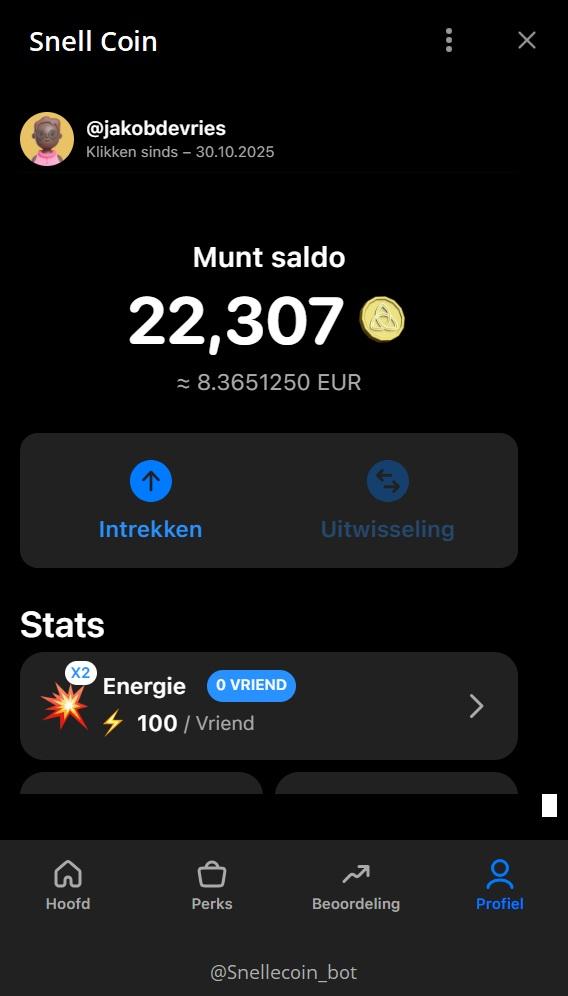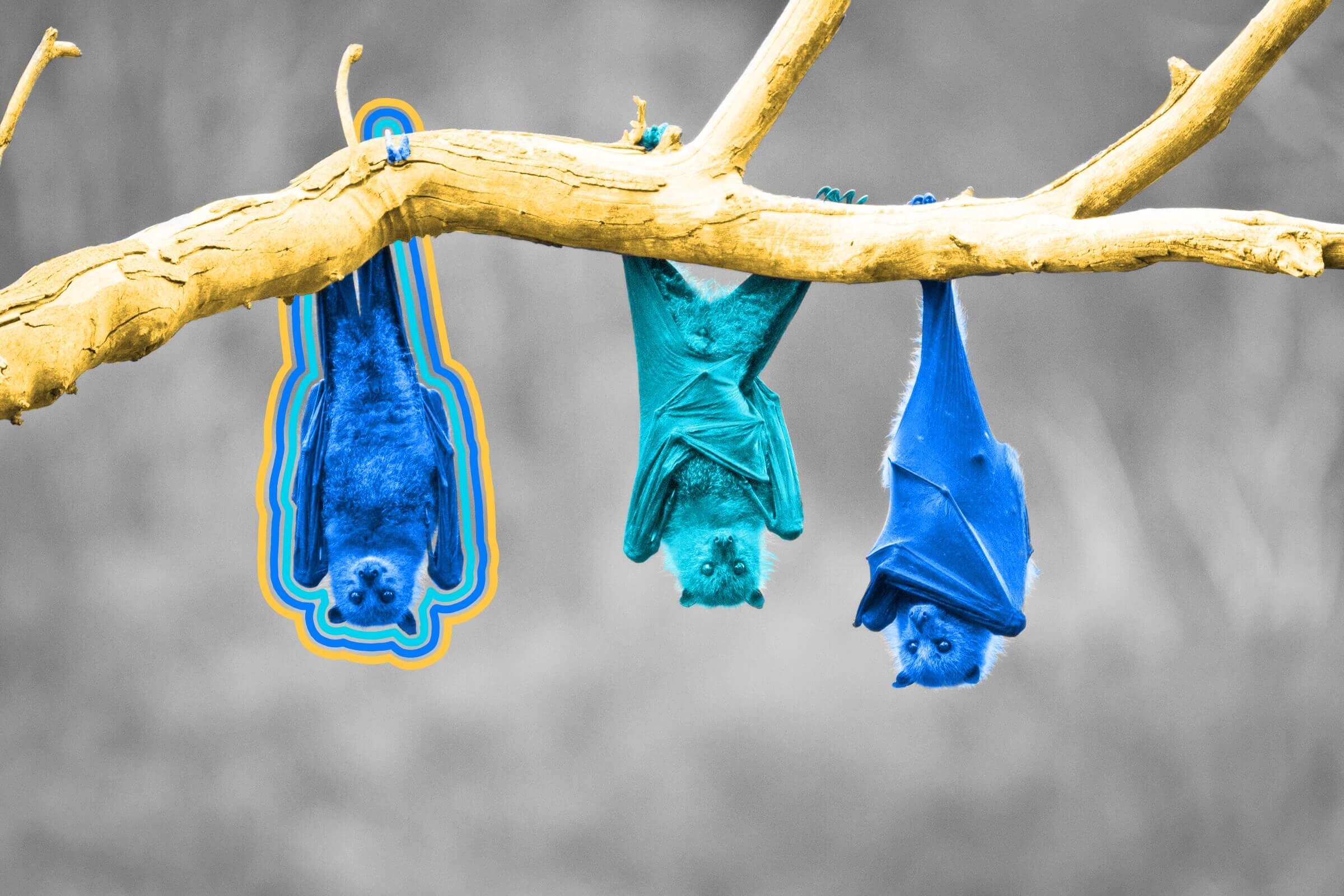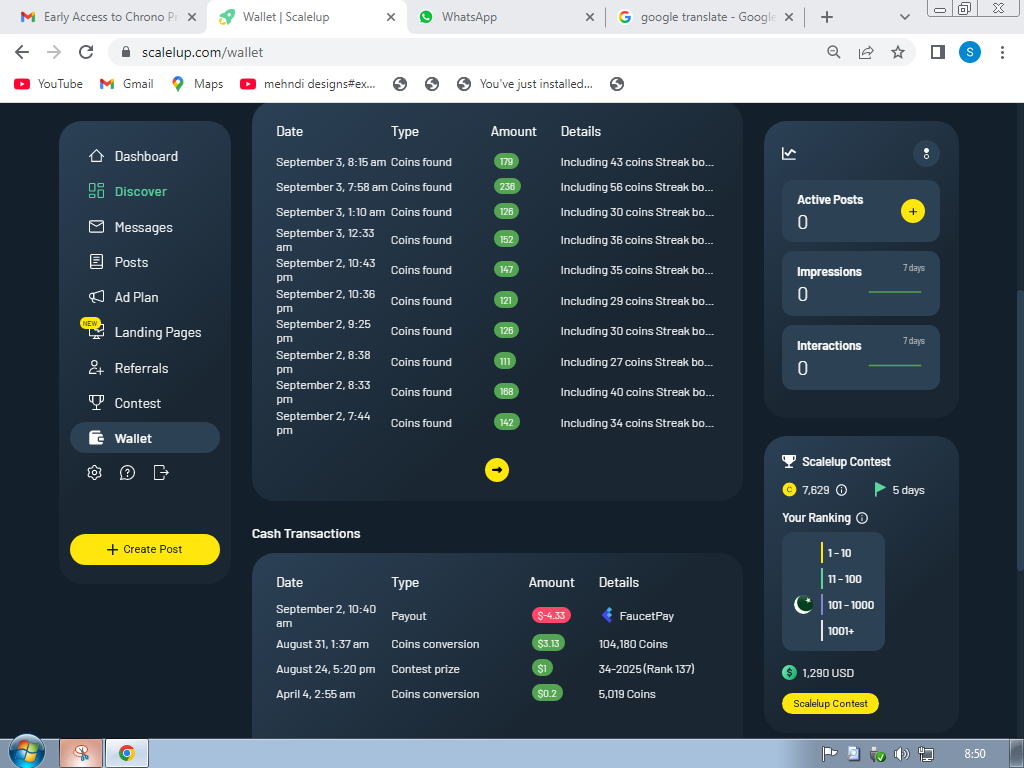FOOD STORAGE
Food is the core of every preparedness plan. When a crisis hits, stores empty out instantly. Supply trucks stop moving. People panic and buy everything they can. If you already have food at home, you are not part of the chaos. You are calm, fed, and in control. That is the power of a real food storage plan.
The Most Important Foods To Store
The best foods for long term storage are simple. White rice, beans, pasta, and oats. These foods last a long time, they are cheap, and they give you the calories you need to survive. Add in canned foods like tuna, chicken, soups, sauces, and vegetables. Canned food lasts for years and can be eaten right out of the can if you lose power.
How Many Calories You Need
An adult needs about two thousand calories a day. Children need less but they still need consistent meals. If you have a family, calculate how much food you need per person. This turns prepping from guessing into a real plan. When you know your numbers, you know exactly how long your pantry can keep you alive.
How To Build A Three Month And Six Month Plan
Start with one week of food. Then stretch it to two weeks. Once you hit one month, you are ahead of most people. From there, keep adding. Three months of food feels like a real safety net. Six months makes you almost untouchable in any crisis. You do not need to buy everything at once. Buy a little every week. Stay consistent and your supply will grow faster than you think.
Dehydrating Food
Dehydrating food is one of the easiest ways to preserve it. You can dehydrate fruits, vegetables, herbs, and even cooked meals. You can use an oven or a dehydrator. Most dehydrated foods last about three to five years when stored correctly. They save space and give you more options when fresh food disappears.
Freeze Drying
Freeze drying is the highest level of food preservation. Freeze dried foods can last twenty five to thirty years. All you need is hot water to bring them back to life. If you ever want to invest in a freeze dryer, Harvest Right is the option most people go with. Freeze dried meals give you decades of peace of mind.
Canning Your Own Foods
Canning lets you store your own meats, vegetables, soups, and sauces. There are two types of canning. Water bath canning works for high acid foods like fruits, jams, and tomatoes. Pressure canning is for low acid foods like meats, beans, and most vegetables. Pressure canning is more serious but once you learn it, you can preserve almost anything.
Water Glassing Eggs
If you have fresh, unwashed eggs, you can store them long term using water glassing. You submerge the eggs in a solution of pickling lime and water. When it is done right, eggs can last up to eighteen months. This gives you long term protein without needing a fridge.
Mylar Bags And Oxygen Absorbers
Mylar bags with oxygen absorbers are a powerful way to store dry foods. You can store rice, beans, oats, pasta, flour, and more. When sealed properly, these foods can last years or even decades. Mylar bags protect your food from air, moisture, and insects. This is how preppers build long term backups that stay hidden and safe.
Avoiding Common Mistakes
The biggest mistake people make is buying too much variety. Focus on the basics first. The second mistake is not rotating food. Eat what you store and store what you eat. The third mistake is poor storage. Keep food in a cool and dry place. Avoid storing food in hot garages or next to heaters.
Food storage is not about luxury. It is about survival and stability. When you have food in your home, every emergency becomes easier to face. This is the heart of preparedness. Everything else builds around it.
FOOD STORAGE
Food is the core of every preparedness plan. When a crisis hits, stores empty out instantly. Supply trucks stop moving. People panic and buy everything they can. If you already have food at home, you are not part of the chaos. You are calm, fed, and in control. That is the power of a real food storage plan.
The Most Important Foods To Store
The best foods for long term storage are simple. White rice, beans, pasta, and oats. These foods last a long time, they are cheap, and they give you the calories you need to survive. Add in canned foods like tuna, chicken, soups, sauces, and vegetables. Canned food lasts for years and can be eaten right out of the can if you lose power.
How Many Calories You Need
An adult needs about two thousand calories a day. Children need less but they still need consistent meals. If you have a family, calculate how much food you need per person. This turns prepping from guessing into a real plan. When you know your numbers, you know exactly how long your pantry can keep you alive.
How To Build A Three Month And Six Month Plan
Start with one week of food. Then stretch it to two weeks. Once you hit one month, you are ahead of most people. From there, keep adding. Three months of food feels like a real safety net. Six months makes you almost untouchable in any crisis. You do not need to buy everything at once. Buy a little every week. Stay consistent and your supply will grow faster than you think.
Dehydrating Food
Dehydrating food is one of the easiest ways to preserve it. You can dehydrate fruits, vegetables, herbs, and even cooked meals. You can use an oven or a dehydrator. Most dehydrated foods last about three to five years when stored correctly. They save space and give you more options when fresh food disappears.
Freeze Drying
Freeze drying is the highest level of food preservation. Freeze dried foods can last twenty five to thirty years. All you need is hot water to bring them back to life. If you ever want to invest in a freeze dryer, Harvest Right is the option most people go with. Freeze dried meals give you decades of peace of mind.
Canning Your Own Foods
Canning lets you store your own meats, vegetables, soups, and sauces. There are two types of canning. Water bath canning works for high acid foods like fruits, jams, and tomatoes. Pressure canning is for low acid foods like meats, beans, and most vegetables. Pressure canning is more serious but once you learn it, you can preserve almost anything.
Water Glassing Eggs
If you have fresh, unwashed eggs, you can store them long term using water glassing. You submerge the eggs in a solution of pickling lime and water. When it is done right, eggs can last up to eighteen months. This gives you long term protein without needing a fridge.
Mylar Bags And Oxygen Absorbers
Mylar bags with oxygen absorbers are a powerful way to store dry foods. You can store rice, beans, oats, pasta, flour, and more. When sealed properly, these foods can last years or even decades. Mylar bags protect your food from air, moisture, and insects. This is how preppers build long term backups that stay hidden and safe.
Avoiding Common Mistakes
The biggest mistake people make is buying too much variety. Focus on the basics first. The second mistake is not rotating food. Eat what you store and store what you eat. The third mistake is poor storage. Keep food in a cool and dry place. Avoid storing food in hot garages or next to heaters.
Food storage is not about luxury. It is about survival and stability. When you have food in your home, every emergency becomes easier to face. This is the heart of preparedness. Everything else builds around it.











